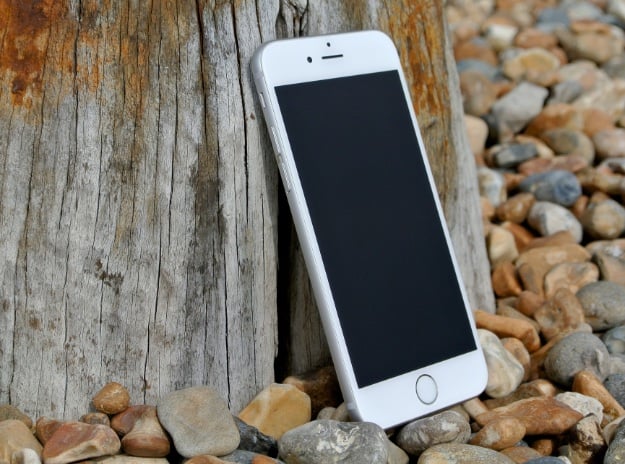Apple Knew iPhone 6 Was Prone To Bending According To Court Docs
Not long after the iPhone 6 family was released, many people complained of the smartphones being more susceptible to bending. This weakness became known as "Bendgate", but Apple never admitted to there being a problem and even invited a select few publications to its labs to show the lengths that the company goes through to perform durability tests on its smartphones.

However, the aforementioned lawsuit has uncovered internal documents that show that Apple knew in advance that the iPhone 6 and iPhone 6 Plus were more susceptible to bending than their predecessors. This bending is allegedly part of the cause for the touch disease, where the controller that handles touch input becomes unseated from logic board due to bending stress.
The documents are sealed by US District Court Judge Lucy Koh, who is presiding over the case, but her public comments on the case revealed that "one of the major concerns Apple identified prior to launching the iPhones was that they were ‘likely to bend more easily when compared to previous generations,’” according to Motherboard.
That is the first clear indication that Apple knew that there was the potential for a future bendgate debacle. Although no point of reference is given, it is reported that Apple's own internal testing showed that the iPhone 6 was 3.3 times more like to bend then the preceding iPhone 5s, while the larger iPhone 6 Plus was 7.2 times likely to bend than the iPhone 5s.
Apple later began applying epoxy around the touch controller chip and the logic board to fortify it against bending forces although Apple had previously stated that the touch disease was the result of phones being "dropped multiple times on a hard surface and then incurring further stress on the device.”
"Apple determined underfill was necessary to resolve the problems caused by the defect,” wrote Koh. “Apple had used underfill on the preceding iPhone generation but did not start using it on the chip in the iPhone 6 and iPhone 6 Plus until May 2016.
The iPhone 6 and iPhone 6 Plus were originally released in the fall of 2014.

